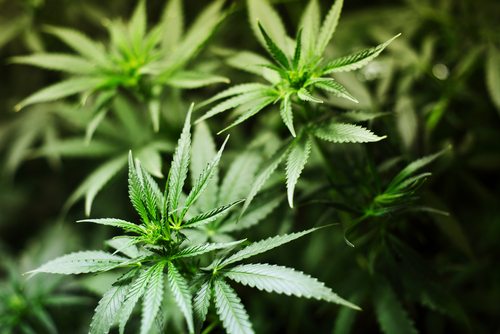
June 20, 2018; Cable News Network (CNN) and Canadian Broadcasting Corporation (CBC)
“Recreational marijuana use will soon be legal in Canada,” reports Bani Sapra for CNN. The bill, which had already passed the House of Commons last November, passed the Senate on a 52–29 vote. Canada thus becomes the second nation in the world to legalize the drug. The first, Uruguay, legalized cultivation of the drug in December 2013, with sales legalized in 2017.
The United States, of course, offers a state-by-state patchwork of laws. At present, nine states and the District of Columbia allow for recreational marijuana use, and 30 allow for medical use.
Officially designated as C-45 or the Cannabis Act, the Canadian measure “stems from a campaign pledge of Prime Minister Justin Trudeau to keep marijuana away from underage users and reduce related crime,” Sapra explains. While the measure is now law, Canadian provinces have been given a few months to set local regulations. The CBC reports that full legalization will occur on October 17, 2018. (Could make for some interesting Halloween parties, eh?)
Under the bill’s provisions, adults can carry up to 30 grams (a little over one ounce) of marijuana in public. Adults can also grow up to four plants at home and prepare edibles for personal use. The bill sets a minimum age of 18 years to purchase marijuana (similar to tobacco), and makes the production, distribution, or sale of cannabis products an offense for minors.
In terms of commercial regulation, Sapra says that, “Consumers are expected to purchase marijuana from retailers regulated by provinces, territories or—when neither of those options are available—federally licensed producers. Marijuana will also not be sold in the same location as alcohol or tobacco.” The bill also adds driving laws that make it clear that driving under the influence of cannabis can be similarly regulated as driving under the influence of alcohol is.
Sign up for our free newsletters
Subscribe to NPQ's newsletters to have our top stories delivered directly to your inbox.
By signing up, you agree to our privacy policy and terms of use, and to receive messages from NPQ and our partners.
Of course, as has happened in US states that have legalized marijuana, the Canadian government expects to generate considerable revenue. With taxes set at an initial level of one dollar a gram (C$28 an ounce), CBC business reporter Don Pittis earlier this year estimated that the government could generate as much as CAN$2 billion in revenues from a combination of direct tax revenues and indirect (e.g., taxes on income) revenues.
Might Canada’s action influence the US down the road? It has happened before. When Canada became the third nation in the world to legalize gay marriage nationally in 2005, the US was not quick to follow, but the Canadian action did encourage US activists—and, of course, a decade later, the right of US same-sex couples to marry was the law of the land.
As for legalizing marijuana in the US, the picture is complicated. On the one hand, many more states have legalized marijuana in 2018 than had legalized gay marriage in 2005 (at that point, Massachusetts was the only one). On the other hand, the criminalization of marijuana is tied up with the defense of white supremacy in a way that the prohibition of gay marriage was not. As Bill Piper of the Drug Policy Alliance notes, “The war on drugs has a long history of being a cover for racial injustice,” and the efforts this year by the current administration to increase federal prosecutions of marijuana offenses are a case in point. In short, although an estimated 61 percent of Americans favor legalization, a strong minority remains adamantly opposed.
The racialized history of the “war on drugs” has been described in detail by Michelle Alexander and others and is hardly in doubt. Two years ago, speaking to Harper’s writer Dan Baum, former Nixon domestic policy advisor John Ehrlichman explained,
You want to know what this was really all about? The Nixon campaign in 1968, and the Nixon White House after that, had two enemies: the antiwar left and black people. You understand what I’m saying? We knew we couldn’t make it illegal to be either against the war or Black, but by getting the public to associate the hippies with marijuana and Blacks with heroin, and then criminalizing both heavily, we could disrupt those communities. We could arrest their leaders, raid their homes, break up their meetings, and vilify them night after night on the evening news. Did we know we were lying about the drugs? Of course we did.
And while Nixon may seem like ancient history, the disproportionate impact continues to this day. For example, under current “progressive” New York City Mayor Bill de Blasio, 86 percent of those arrested for marijuana possession for the three-year 2014–2016 period—52,730 people total—were Black or Latinx, even though Black and Latinx residents were only 51 percent of city’s population and even though national surveys show whites to have higher usage rates.—Steve Dubb












